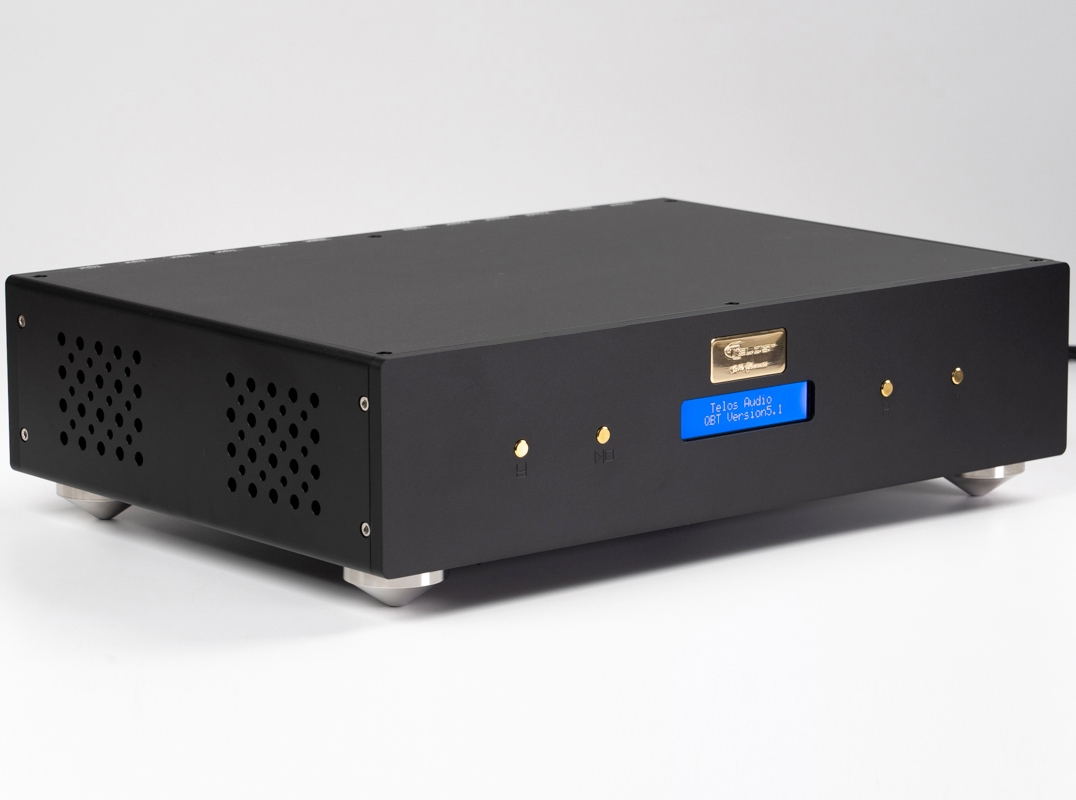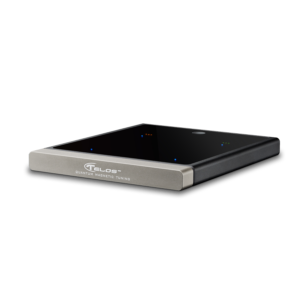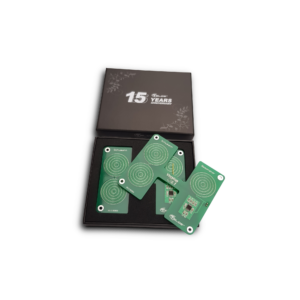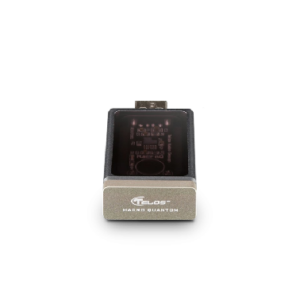Telos Audio Design
QBT V5.1
Cable Run-in Machine
Incl. 21 % TAX € 19,500.00
- The ultimate cable run-in machine
- Latest V5.1 (15-year anniversary) version
- Micro controller controlled with front display, easy operation
- QBT module generates 8 different frequencies
- Includes 8 Jensen capacitors
- Low power applications includes XLR, RCA, USB and RJ45
- High power applications includes banana/spade, Speakon and Schuko, IEC (using KE-adapters)
- High power 70 Watts @ 24 V
- Frequency range 0 – 50 kHz
- Weight 11.4 kg
- Dimensions 450x340x140 mm
The Ultimate Cable Run-in Machine
It’s a well-known fact that high-quality audio and video cables improve over time when used in a HiFi or home cinema system. A hard, closed in sound with a distinct lack of bass are the qualities most noted when a cable is new; a cable that has been ‘burned-in’ will sound more open, extended and three dimensional, with a more natural, less sterile overall performance.
Cable break-in occurs as current flows through the conductors of wiring components. Dielectric stress from voltage differences between conductors also contributes. It takes many hours of in-system use for wiring components to break in, primarily because audio/video signals from normal program material are so low-level.
This is where the powerful Telos QBT Cable Run-in Machine comes in, having 5 channels delivering 24 V signal with 0 Hz-50 kHz full-frequency sweeps every 2 seconds for RCA, XLR, BNC, USB, power sockets and speaker cable terminals. Previously, a proprietary in-house solution, this machine is now available for sale. All Telos cables and the power distributors undergo full break-in on such a unit before being shipped. Jeff Lin is quite vocal about the extent of improvement this treatment has and that domestic scenarios will never come close no matter how long or loud cables are played. The first two channels, for speaker cables and power cords, are rated at 70 Watts, 24 Volts and a frequency response of 0 Hz to 50 kHz. As for speaker cables, on average, they are seldom driven beyond 10 Watts when listening is at moderate volume. Furthermore, most music would not even fully cover the frequency spectrum. Nevertheless, Telos still uses 70 Watts of continuous full frequency sweep to run in speaker cables and power cords, making the signal strength ten times higher than the normal listening status.
The core of this machine consists of a crystal oscillator feeding a 70 Watts amplifier module, this module drives your cable before entering the in-house developed control system. The logic of this control system sets current required for each cable according to the cables’ needs, thus avoiding the problem of over-running or under-running the cables.
By applying a similar but reverse polarity frequency against noise, the noise will be cancelled out. This technology works analogically similar to the principle of noise cancelling earphones. The Telos QBT module produces eight discrete frequencies, namely 120 Hz, 60 Hz, 30 Hz, 15 Hz, 7.5 Hz, 3.75 Hz, 1.875 Hz and 0.9375 Hz.
The original design was improved. Upgraded parts and materials were used and some schematic modifications were done to push the bandwidth to 0 Hz – 50 kHz. The power supply section wasn’t overlooked either, to enhance the results of running in cables. Eight pieces of Jensen capacitors were added. After the second phase upgrade, the positive effects of minor tweaking on the power supply section on the run-in results were confirmed. It was discovered that with the same type of cables, when run in with the additional capacitors, the result turned out to be quite interesting. When run in without the additional capacitors, the frequency extensions appear to be similar. However, with the additional capacitors added, the minute details and overtones carry the same naturally warm tone as the Jensen paper/oil capacitors.
All the while, every cable manufactured at Telos Audio Design will go through a complete frequency sweep of run-in. Customers should not endure the difficult time of running in the cables, they should be able to start enjoying music the moment they get their cables.
Be the first to review “Telos Audio Design
QBT V5.1
Cable Run-in Machine” Cancel reply
Related products
Incl. 21 % TAX € 135.00
Incl. 21 % TAX € 995.00
Incl. 21 % TAX € 430.00
Incl. 21 % TAX € 279.00











Reviews
There are no reviews yet.